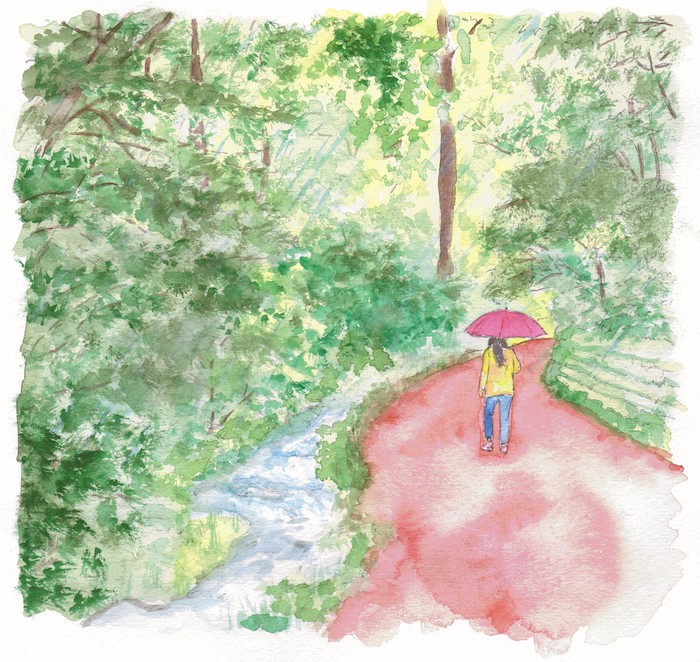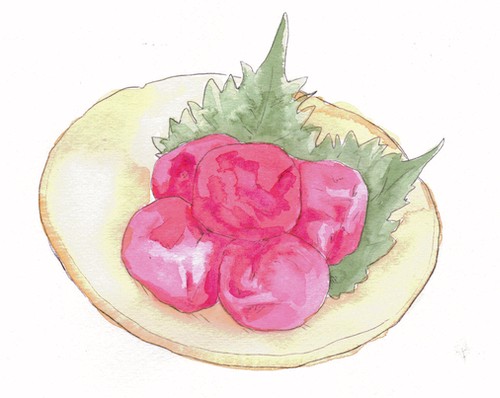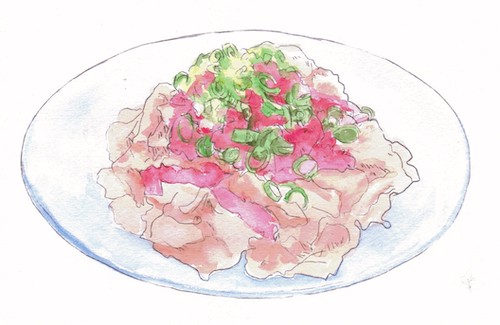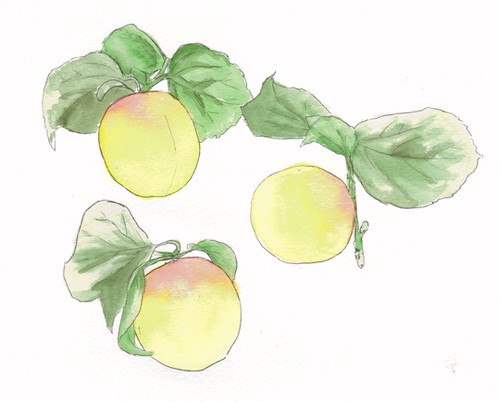
The most peaceful season in Japan
While some people might think the rainy season evokes feelings of gloom, it actually carries my most peaceful and quiet memories. The popular travel destinations are much less crowded, and the streets are less rowdy — a grace period after cherry blossom season and before the onset of summer vacationers, the weather seemingly slows down the city.
If you visit the mountains in Japan during this time, nature also takes on a different, beautiful form. The humidity and rain allows the moss to thicken and turn a brighter green, covering the tree bark and forest floor in a luscious, soft carpet. The mornings are misty and the nights are relaxing, with nothing but the sound of rain falling and crickets chirping.
Rainy season in Japanese is called ‘tsuyu’, written as 梅雨. The first kanji, 「梅」reads “plum” in Japanese, while the second kanji 「雨」reads rain. For the Kanto region, it takes place from the beginning of June to the end of July, and is a major indicator of the changing seasons.
It’s called tsuyu because the rainy season in Japan coincides with the plum ripening season. If you visited a supermarket or fruit stall in Japan during this time, you’d begin to see big plastic jars for making umeshu (sweet plum wine) or homemade umeboshi (pickled plum). While both of these things are available year-round, they are much more popular this time of season, often offered as a seasonal drink at restaurants or used as rice toppings in bento boxes.

It was on one of my trips to the grocery store on a rainy July afternoon, that I saw my store handing out free leaflets alongside their pickled umeboshi. Printed on it was a recipe for a savory plum dressing — embracing the whole fruit’s pulp to provide a thick texture, it was the perfect compliment to cold, crisp salads and crunchy vegetable sticks.
Returning home, I made my own modified version and served it with thinly sliced pork and Japanese nagaimo yam.
Japanese Nagaimo Yam and Thinly Sliced Pork with a Savory Plum Dressing
Takes 20 minutes, serves 2 people
Ingredients
- 150g of thinly sliced pork
- 150g of nagaimo (aka Chinese yam)
- 2 large pickled plums
- 100ml of sake
- Seasonings: 1 tbsp of noodle soup base, 1 tsp of mirin, 1 tsp of a sesame oil
- *optional: chopped leeks or sesame seeds for garnish
Instructions
- Bring a pot to boil, add sake and a bit of salt to the water. By individual slice (so it doesn’t stick!) add the pork to the pot, and once cooked, put it on a separate plate lined with a paper towel, to remove water. Let cool.
- Peel the yam’s skin and leave in cold water for 5 minutes to remove astringency and bitterness. Pat dry, and put it into a ziploc bag. Roughly mash with a rolling pin, into bite size chunks.
- To make the dressing, remove the pit from the plums and finely chop into a paste. In a small bowl, add the plums and the seasonings and mix well.
- Pork on the bottom, yams on top, and lightly cover with the plum dressing.
- Add garnish, and enjoy!

Served with cold soba noodles or white rice, it’s the perfect rainy season meal. To add more volume, pair with some Japanese mustard greens or butter lettuce, or top with julienned daikon radish.
Japanese cuisine places value and importance on the seasons, and eating with the fruits and vegetables which naturally ripen during the time. With these cultural habits, Japanese cuisine tends to favor locally-based ingredients with lots of fresh produce, balancing the way we cook with and enjoy food.
While I look forward to when the sun comes out again, in the meantime the joy of cooking with plums has made me appreciate the rainy season a bit more.


If you enjoyed this piece, let me know by emailing me at kokumura@kakikata.space! Would love to listen to your questions and comments, and I look forward to hearing from you! Best regards, Kaki 🌱